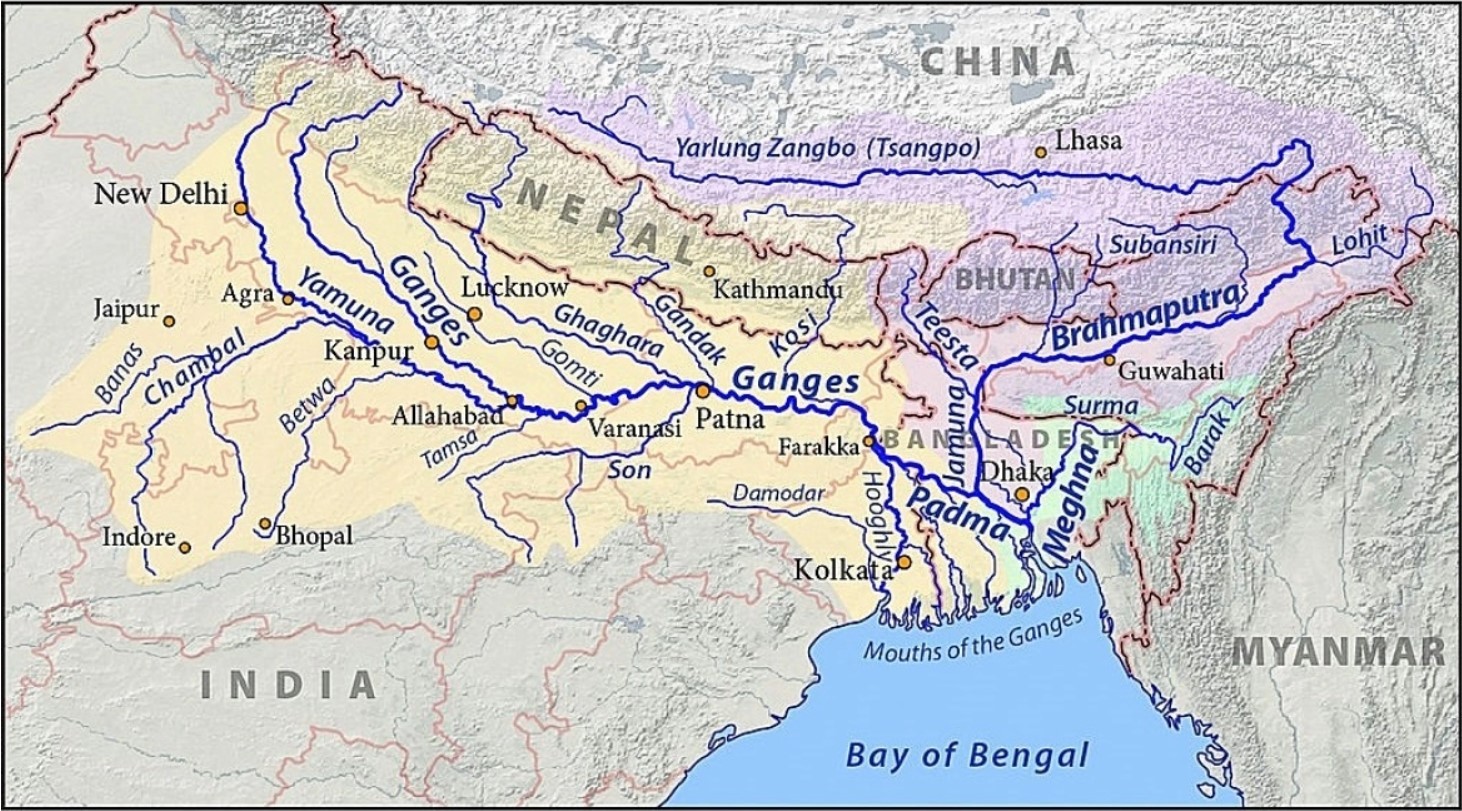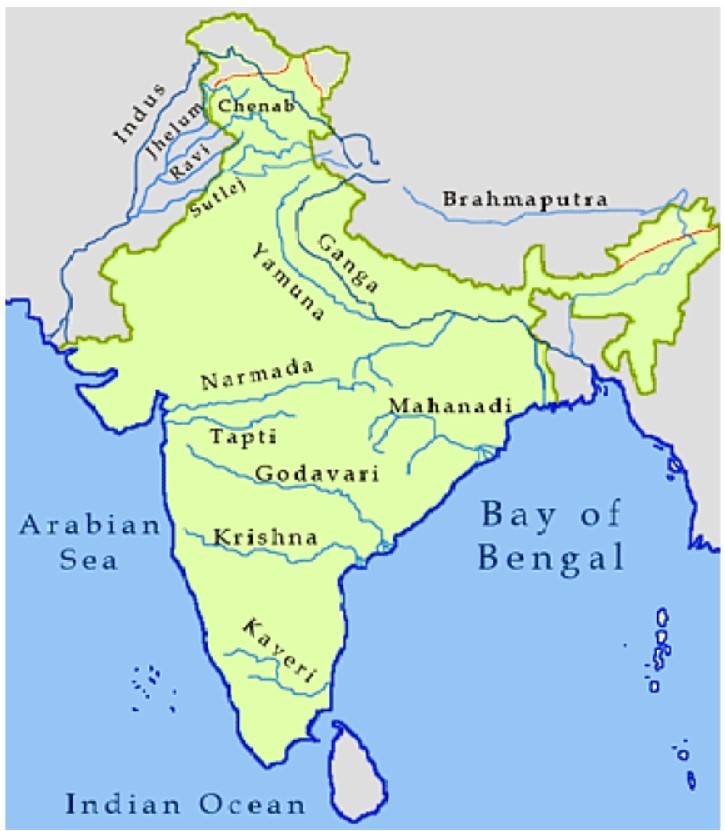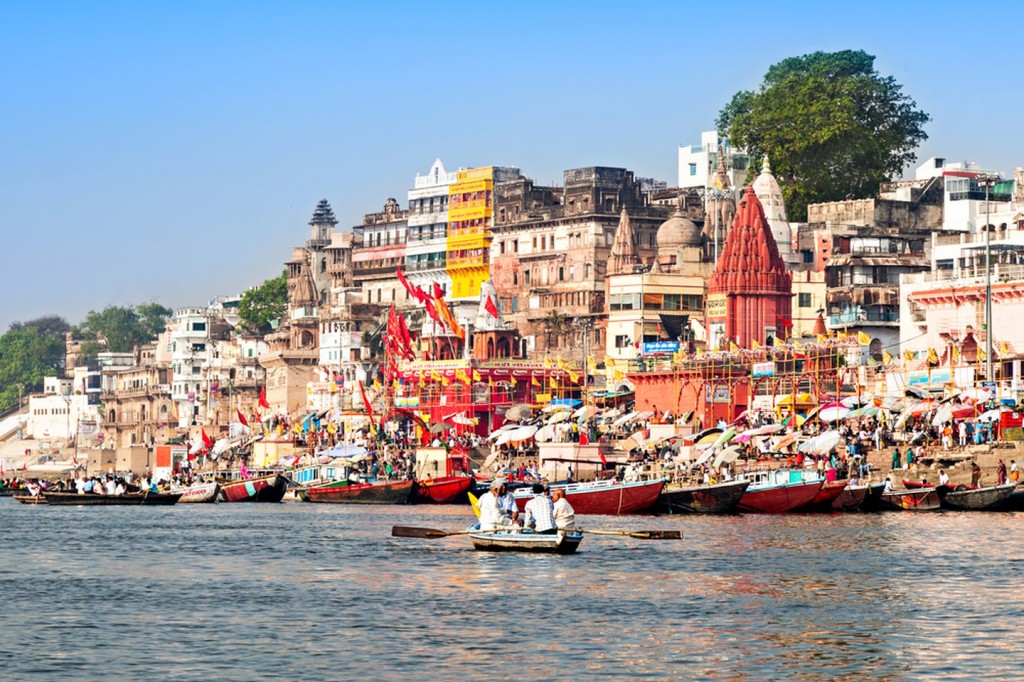RIVER – The Spine of Civilization

We never wondered why some of the largest and most influential cities flourish where they are? Now it is essential to answer the question and to know the reasons for settlements of cities on the banks of rivers. The relationship between human settlement and the river was found through a denser human population with increased proximity to rivers. Co-evolution of humans and water resources was moved closer to rivers in pre-industrial periods demonstrating the dynamics of human reliance on rivers for trade, transport, and sustainable lifestyle by adopting quick approachable resources.
Historically, roads construction was an expensive investment and that usually were only constructed to connect limited land trade routes and cities. An average traveling on land was approximate 5 miles per day and even then, one would need to be sure where to stop each night and be secure. Whereas, water transportation was very much faster than any land transportation. Using the tides, currents, and winds it was very easy to deliver great amounts of goods for trade with other coastal cities, which meant more money and trade goods for both settlements and allowed for cultural mixing.
Rivers had been an attractive feature when people choose a sustainable lifestyle. The human followed the courses of rivers during migration and was located in proximity to rivers when establishing settlements led by domestic and agricultural water supply. People learned that they could stay in one place and grow enough food to feed their community if they were near a water supply. The fertile land alongside the rivers benefited the faster growth of crops.


